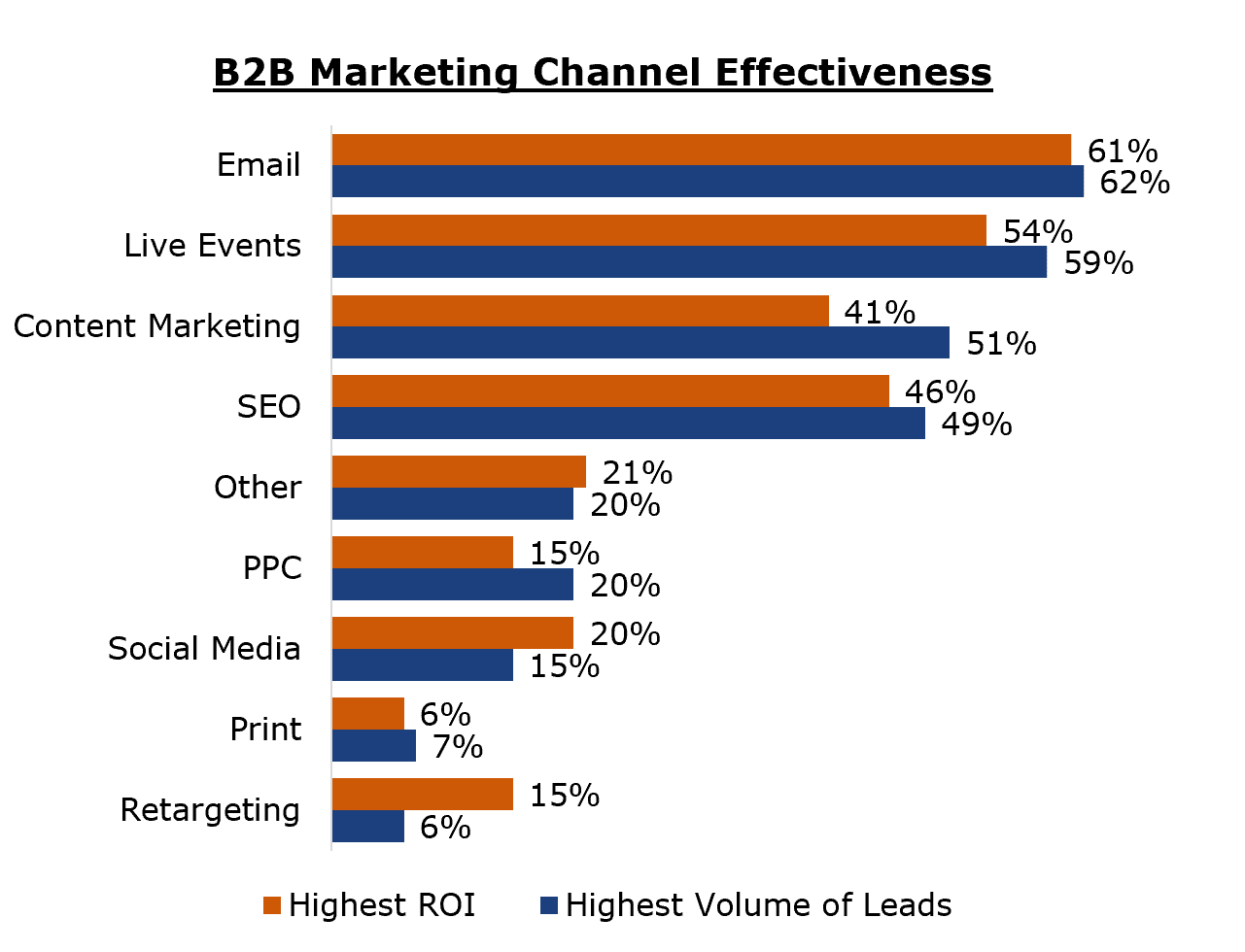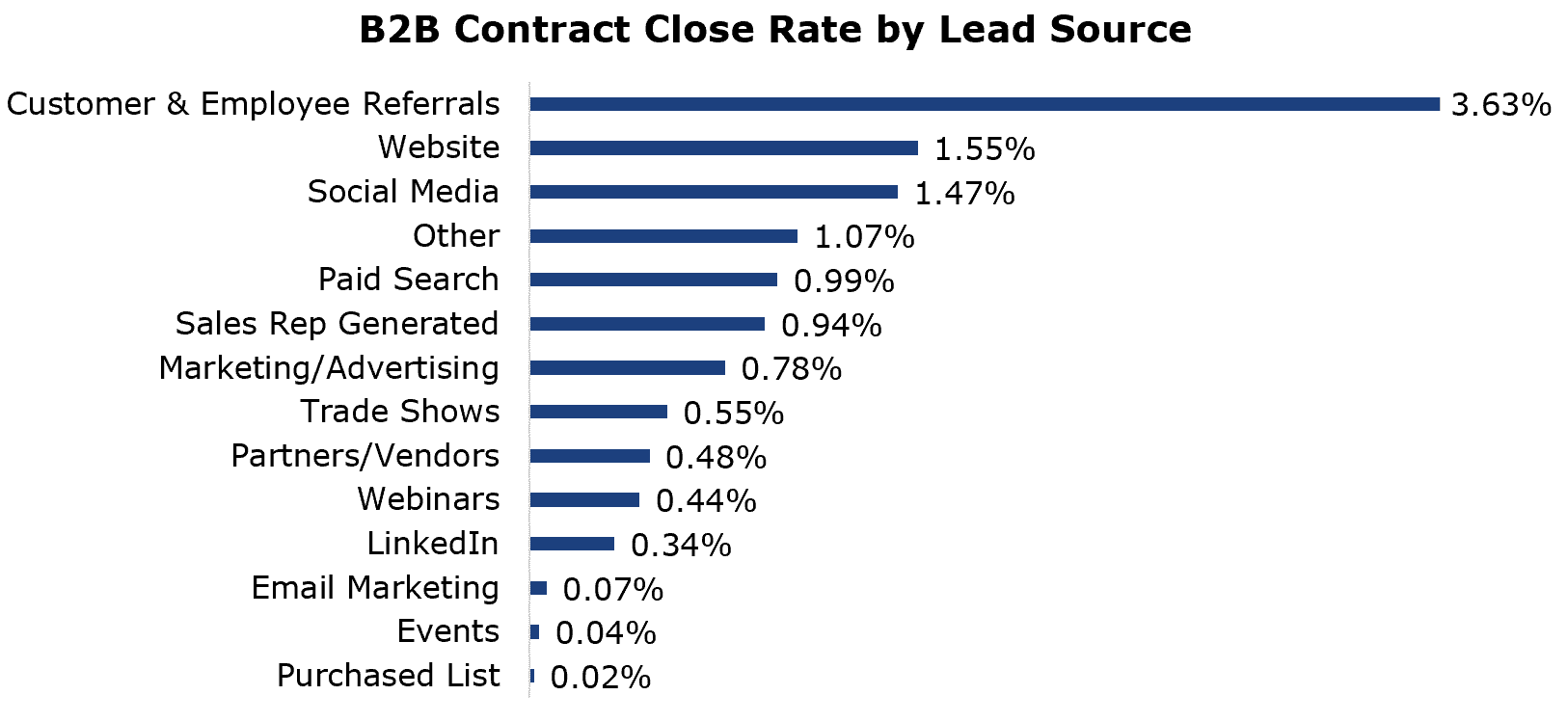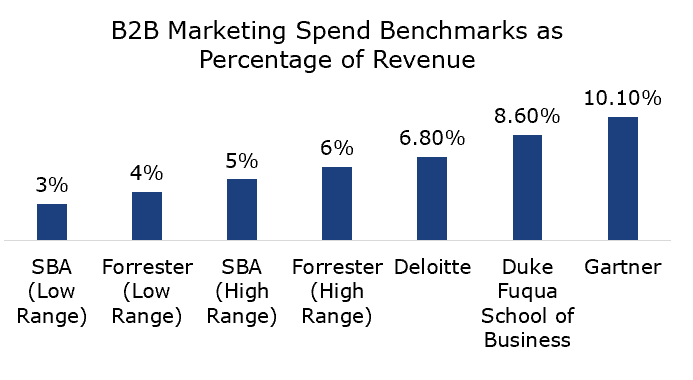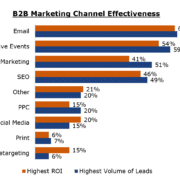Spy on the competition: Explore three competitive analysis tools that will help you get an edge on your competitors.
Whether you’re a large and established organization or a small, burgeoning brand, regularly monitoring your competition is a crucial step that can help you keep your marketing strategy on track. The ultimate goal of competitive analysis is two-fold: you should look to find ways your competitors are cornering the market while gauging sentiment amongst your joint target audience.
Before we start, let’s make sure you’ve correctly identified the competition. Generally speaking, if you sell small batch craft beers out of Northern Virginia, you may not want to face off with Budweiser just yet. So, before beginning your competitive analysis, ask yourself the following questions:
- Is this brand serving the same product in the same market I’m in? Do we have a similar niche?
- What stage of development is this brand in? How does this compare to the position of our brand?
- Is this brand well funded or is it a bootstrapped situation? How does this compare to how my brand’s funding situation?
- Which demographic is this brand trying to reach?
After determining the answers to these questions, short list two or three brands who are your main competitors. If the ideal state for your brand is to eventually face off with the Budweisers of the world, create an additional list of your target competitors and draw inspiration from them. However, the brands you shortlisted should be where you focus the majority of your time. They should also be the brands you “spy” on using the methods below.
Set up Twitter Lists & Saved Searches
If you’re looking for something similar to a focus group but don’t have the budget, Twitter hosts a wealth of untapped insights within the platform’s advanced tools. Twitter lists provide you with a one-stop location for everything your brand is tweeting about. To start, click the photo icon in the upper right hand corner of your browser. A drop down menu will appear. Then, click on ‘Lists’. You can then search and add brands from the shortlist you created earlier. Saved Twitter searches work a bit differently. This function allows you to aggregate tweets from around the site based on keywords. Use this to analyze sentiment and unmet needs your target audience has. Start by identifying keywords and phrases that are often associated with your brand or similar brands. If you’re a pet food retailer, a key phrase may be ‘organic dog food’. Play around with a few different searches and see which keywords yield the highest return. You can also tailor search results based on region and negative/positive sentiment.
By using these methods, you should be able to gain insights into:
- Any gaps missing from your target audience’s experience that you can fill
- How your competition is viewed by your target audience
Google Alerts
This tip is especially important for tech startups or any brands that offer enterprise licensing. Google Alerts is a great way to stay on top of news within your sector – and how to view where your competitors may be getting media exposure. You can take a proactive approach and use Google Alerts by setting up keywords associated with your brand. Search results will be sent to you either daily or immediately, depending on which option you select. Then, use these search results to identity key influencers who write about topics relating to your brand. The competitive analysis comes into play if you create a search for your competiting brand. You can use this information to:
- Stay abreast of new company offerings by your competitors
- Get a heads up on any major media mention that may affect sales for your brand
SEO rankings
We all want prime real estate on the internet for the search terms associated with our brand. See how you match up to the competition in terms of keyword ranking by using automated reports with free and freemium (free but with a premium version) services. While we don’t have just one company we recommend, here’s a list that may be helpful. You should use these tools to:
- Figure out the current state of your SEO strategy
- Discover any gaps in your keyword strategy
- Analyze page authority
- Review which keywords are sending traffic to your competitors
With these tools in your arsenal, you can make like James Bond and become a proper spy. What methods have you used for competitive analysis in the past? Which of the above methods do you think will be the most useful for your company? Let us know in the comments below.





